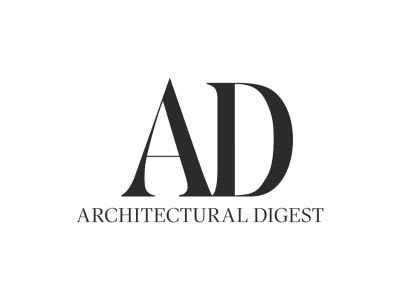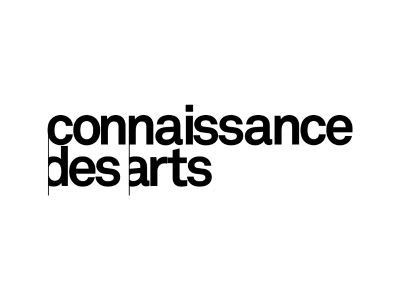Francisco Sobrino: Modus Operandi
Francisco Sobrino (1932-2014) was an iconic representative of Kinetic art, particularly through his involvement with the Group for Research in Visual Art (G.R.A.V.), of which he was one of the founding members in Paris in 1960. As early as 1958, he developed a radical, systematic and minimalist modus operandi which took its inspiration as much from the historic avant-garde movements (Constructivism, Bauhaus, Dada, Neo-plasticism) as it did from the cognitive sciences (the psychology of form, information theory, phenomenology of perception, etc). His visual vocabulary therefore was reduced to the "good forms", that is to say, to the simplest ones, those that are the most immediately accessible to the spectators perceptual grasp, limited to a handful of values, most often the primaries, and indeed, a single one at a time, leaning towards monochrome, and the appearance of the raw materials which he uses as a solid or unified whole, devoid of all traces of manual creation. Sobrino pursued this work up until 1968 along with his peers from the G.R.A.V. Movement Julio Le Parc, Joël Stein, François Morellet, Horacio Garcia-Rossi and Yvaral and sought to reject the passivity of the work of art and abstract composition, typical of both lyrical and informal movements, as well as concrete art celebrated at the Salon des Réalités nouvelles (Salon of New Realities) or the type of art practised by Auguste Herbin or Max Bill.
Sobrino's clear intention was to reform abstract art, on the basis that if even if its composition were "energetic" , the painting or sculpture would still ultimately remain an inert or soothing object, on both a sensory and spatial level. Thus, whether paintings or sculpture, Sobrino's work can be said to have a strikingly complex appearance in space and time, a quality that is strictly "relational", given the extent to which these open, participative and even penetrable structures resonate with their immediate environment, constructed or human. In addition to the kaleidoscopic and rhythmic structures for which the artist is best known, some of his twisted helical forms are surprising: they endow Sobrino's incredibly minimalist lines with a baroque consonance, evoking the famous twisted columns supporting the baldachin created by Bernini for Saint Peter's Basilica in Rome. Nevertheless, whatever their level of visual complexity, Sobrino's works always arise from basic procedures, involving rotation, inversion, sequencing, grids, swinging and other articulations, which are used as a substitute for all kinds of traditional structures or organization.
This rigorous anti-pictorial, even anti-artistic logic, associated with ZERO and Nouvelle Tendance (New Tendencies) Movements foreshadows numerous realizations associated with North American Minimalism, for example the post-painterly works depicting linear structures by Frank Stella, the parallelepipeds developed in space by Robert Morris, the industrial and slightly "unreal" stamp of Donald Judd, the repetitive scansions of Carl Andre, the essentialist and kaleidoscopic geometry of Robert Smithson, particularly in his relationship to landscape, or the interlocking modular structures of Charlotte Posenenske.
Similar to Malevich, Rodchenko, Gabo, Tatlin, Brancusi and Moholy-Nagy, as early as 1959, Sobrino privileged industrially made materials, whose stability and initial simplicity he disturbed by experimenting with transparency, reflections and opacity. In both his sculptures and reliefs, the artist frequently made use of the modern substitute for glass "Plexiglas" which had already been appropriated by Moholy-Nagy. Sobrino had discovered this industrial material during a visit to Georges Vantongerloo's studio in 1959 and purchased rectangular and square sections of colour-impregnated Plexiglas at the Bazar de l'Hôtel de Ville department store, which he would then cut into smaller squares or circles, and pile on top of each other in such a way that the material itself became the supporting structure of the artwork. Sobrino's art is difficult to categorize: both concrete and perceptual, kinetic and minimalist, it is at a distance from narration so as to achieve the most perfect silence, the most perfect immediacy of sensorial vibration. A shared principle of reduction and acceleration is at work here: by stripping the statue of all narrative elements and decorum, Francisco Sobrino plunges his essentialist structures into the both corrosive and revelatory flux of real space and time.
Matthieu Poirier



